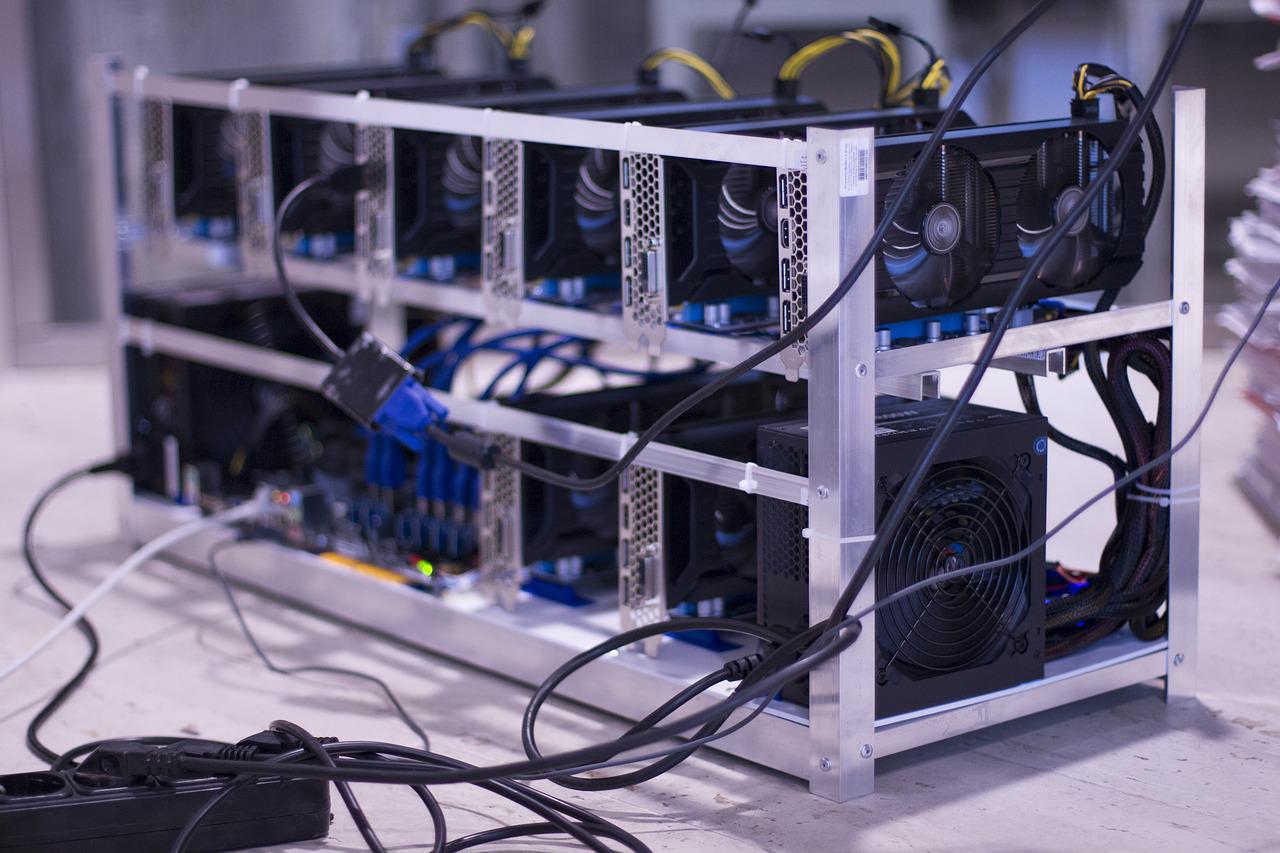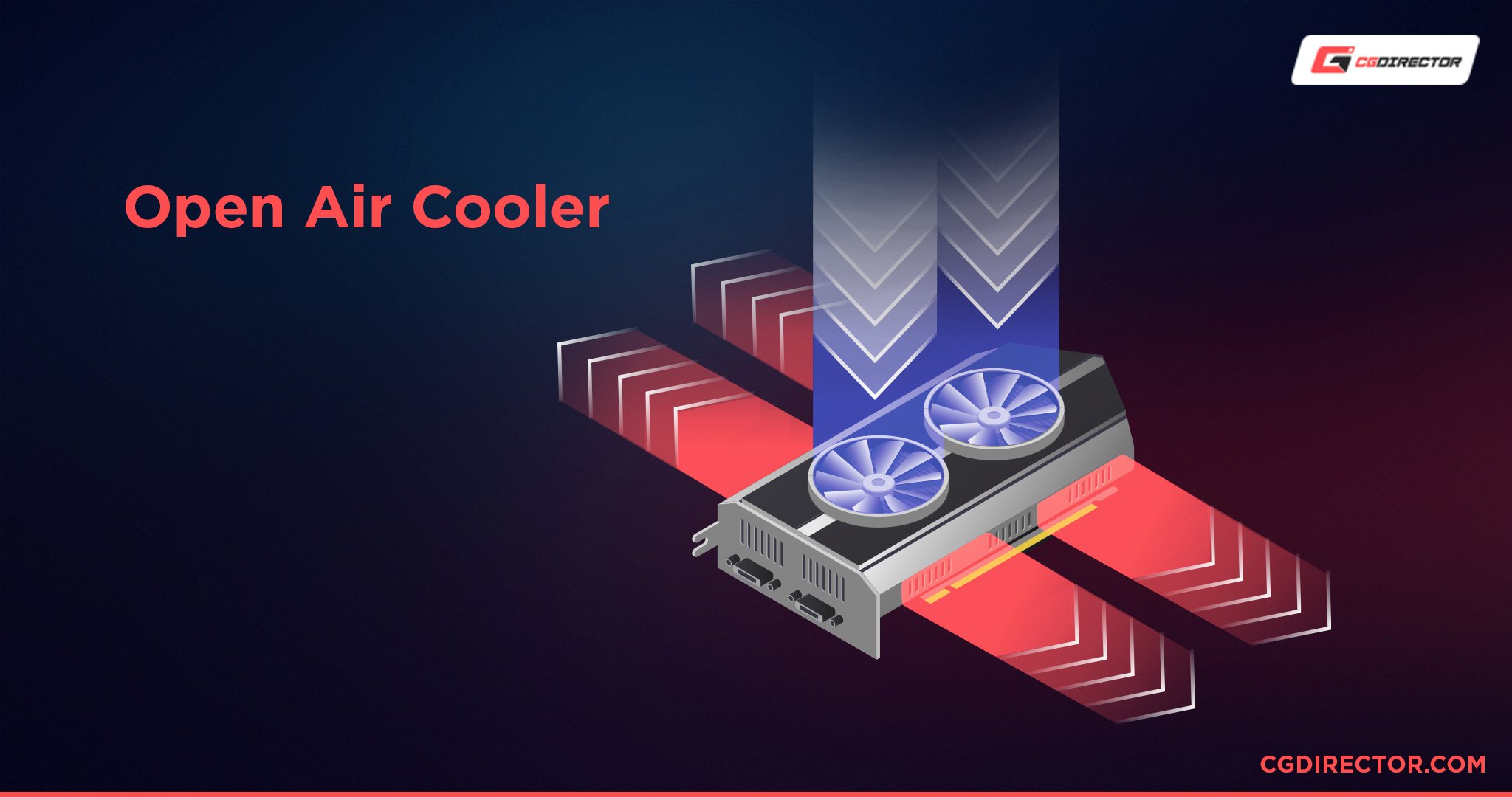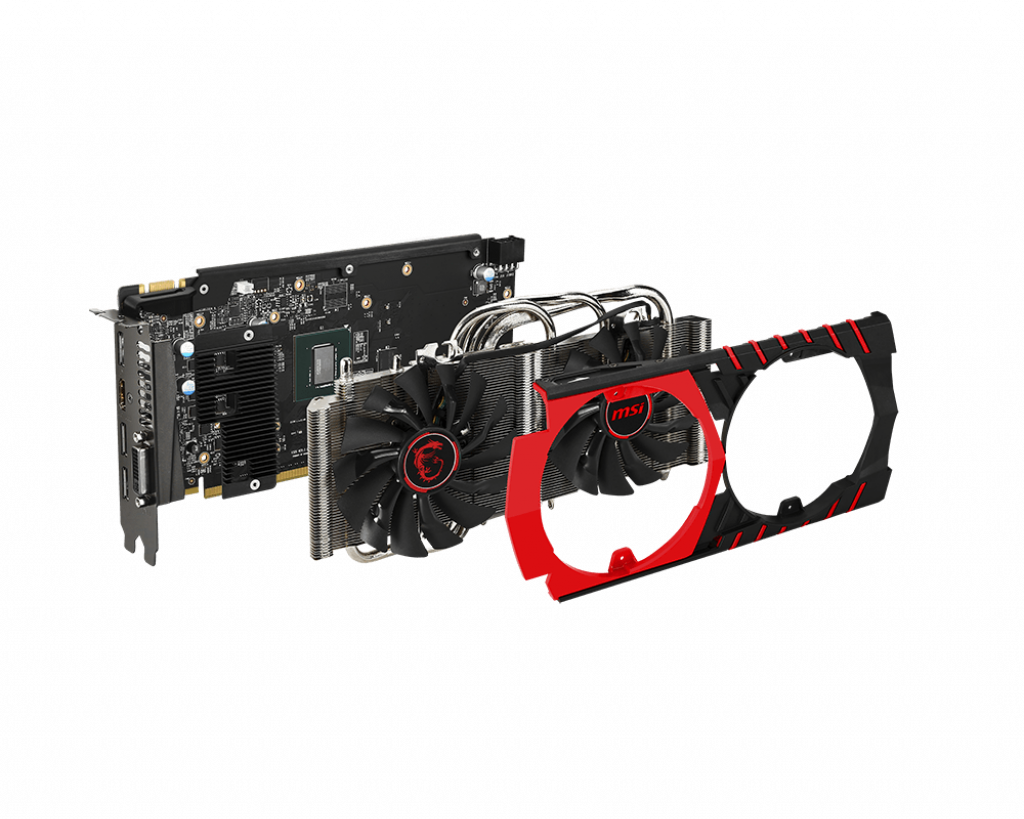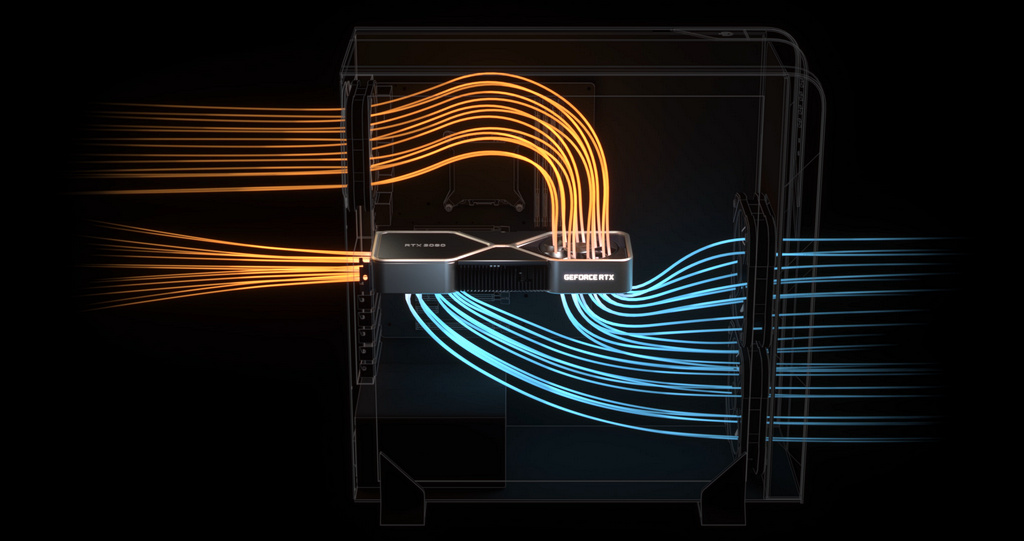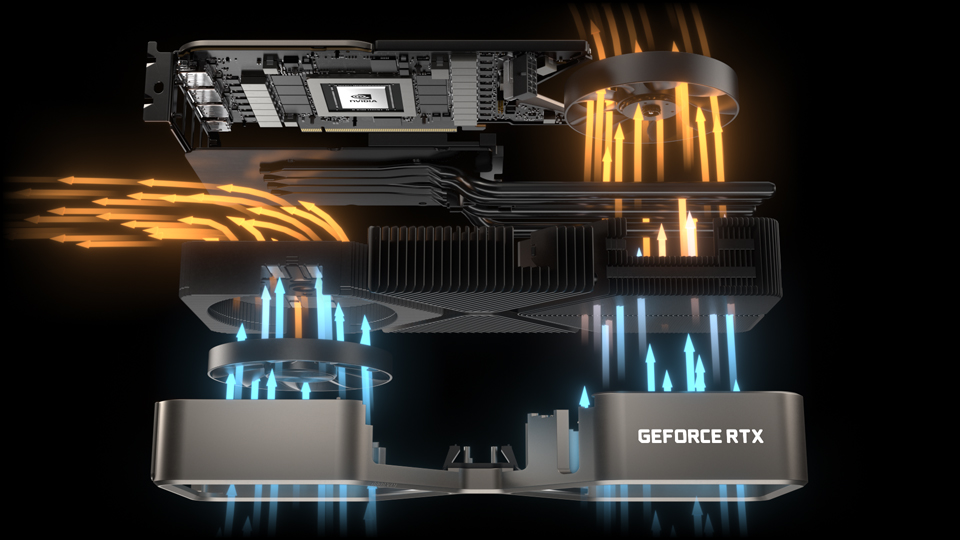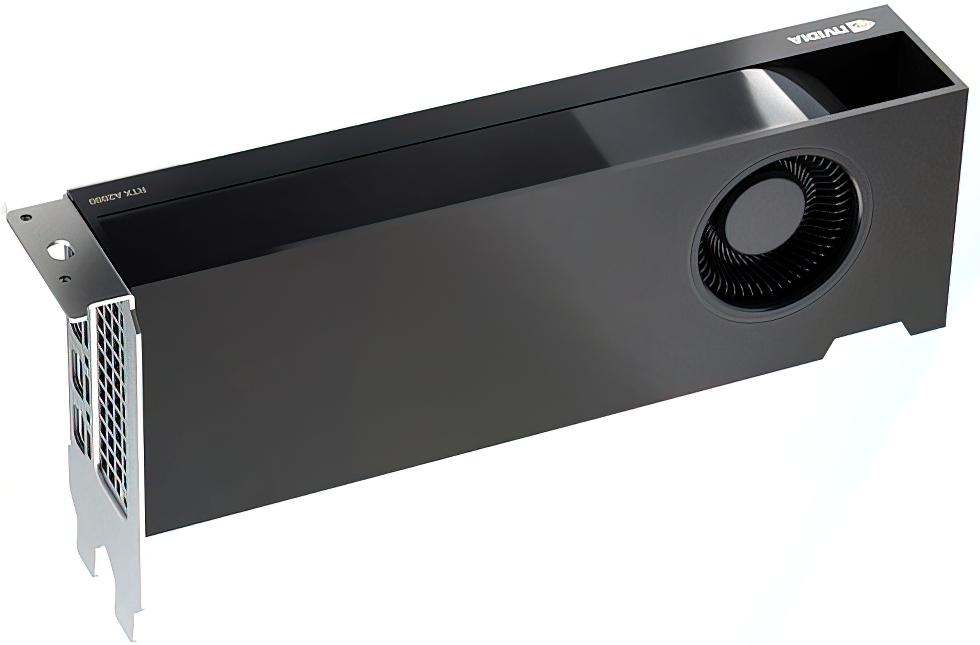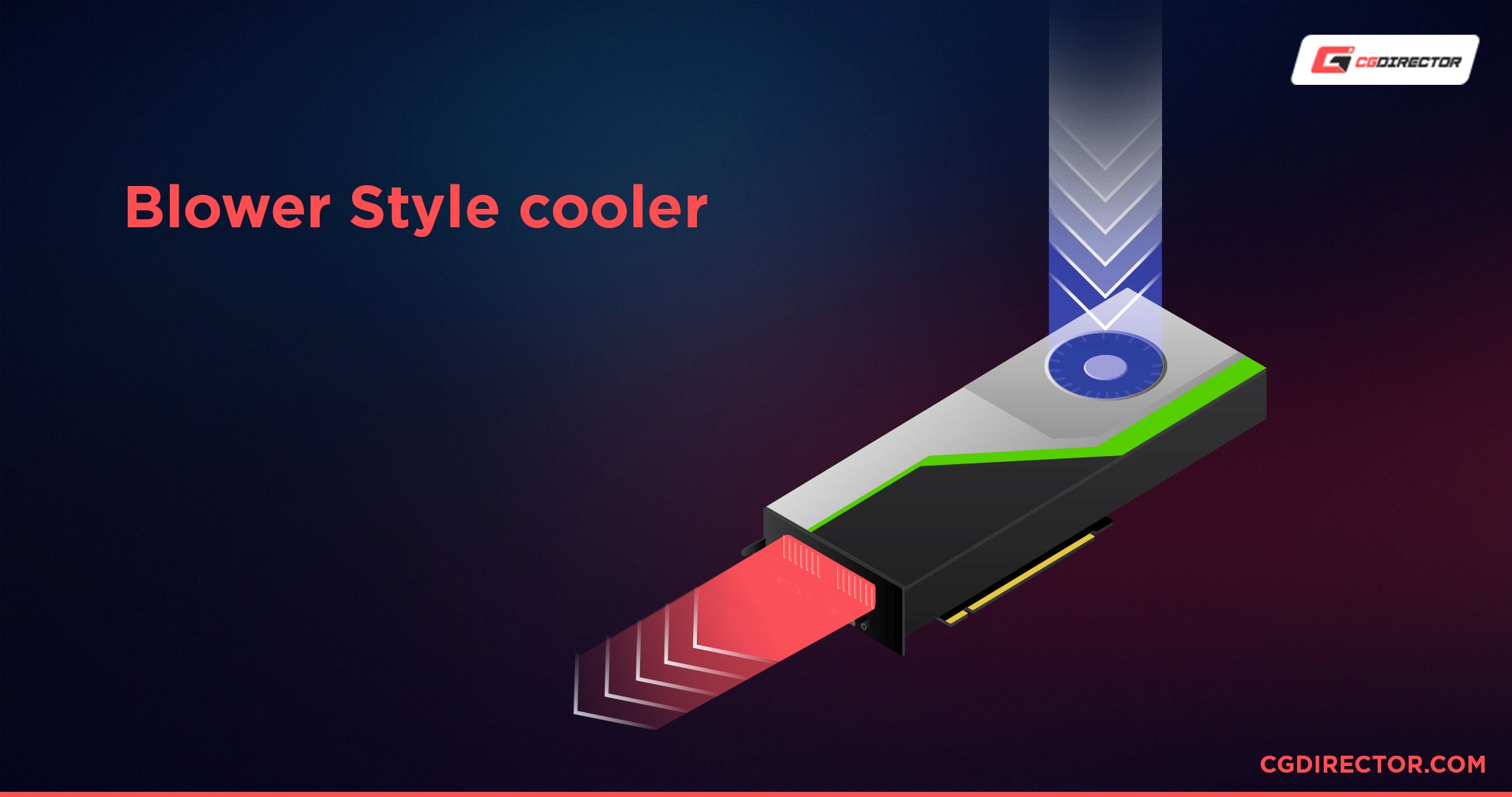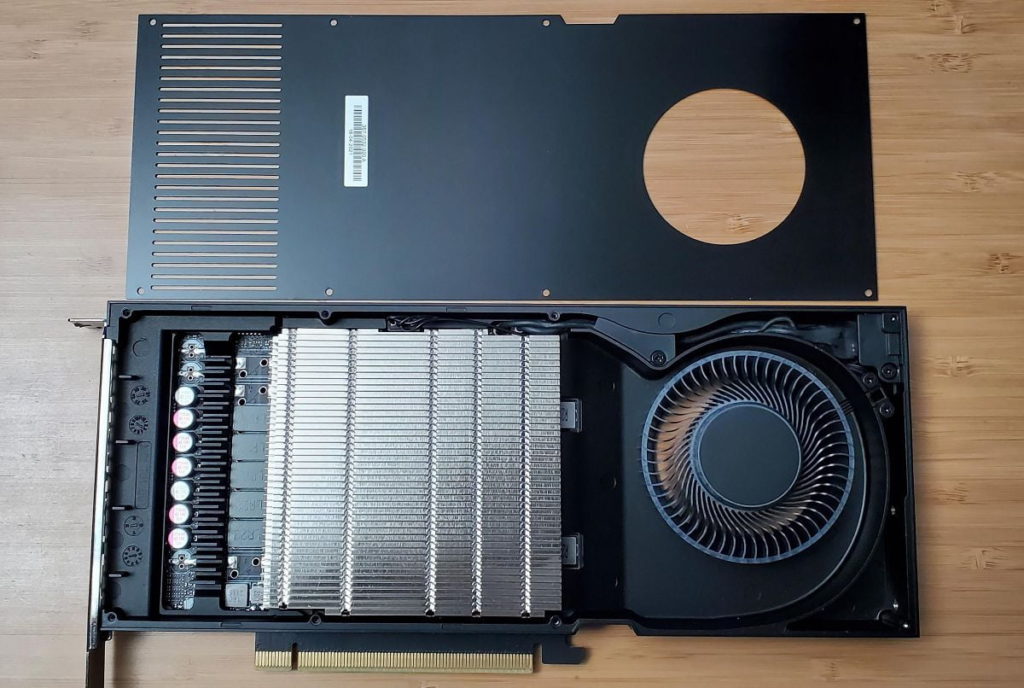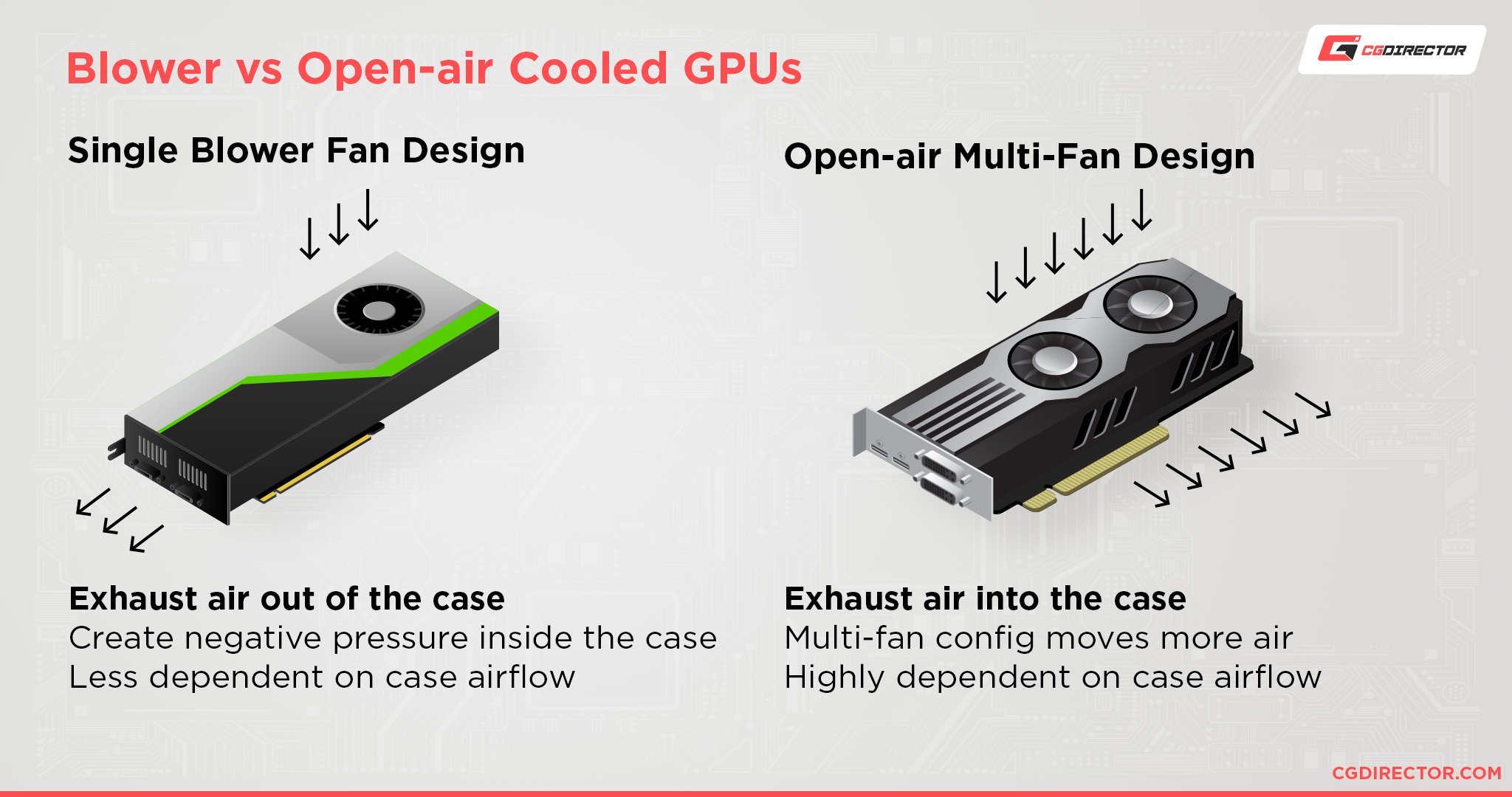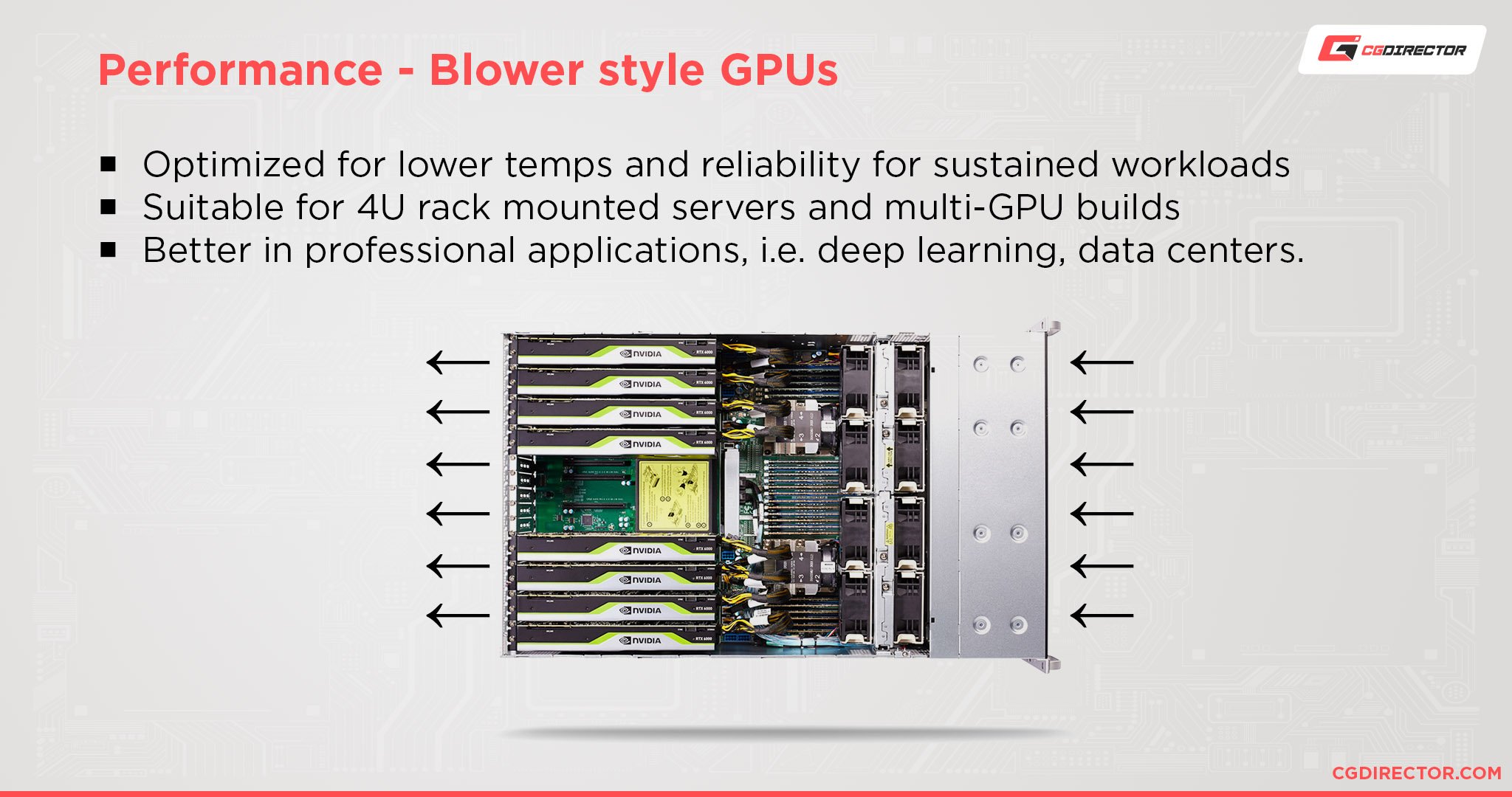
2022-7-15 16:26:9 Author: blog.elcomsoft.com(查看原文) 阅读量:18 收藏
This article continues the series of publications aimed to help experts specify and build economical and power-efficient workstations for password recovery workloads. Electricity costs, long-term reliability and warranty coverage must be considered when building a password recovery workstation. In this article we will review the most common cooling solutions found in today’s GPUs, and compare consumer-grade video cards with their much lesser known professional counterparts.
Is expertise in mining any relevant?
At a glance, crypto currency mining may look a similar enough workload to password recovery, tempting experts learn from miners’ experience when building a password recovery rig. In reality, this approach isn’t the best for multiple reasons. Mining farms are built for profit; ideally, a quick profit. These are commonly built in an open housing from the available components that are rarely designed to withstand these types of workload. Power consumption and power efficiency are often disregarded, while long-term reliability is not a concern if a given video card had made enough crypto-cash.
While mining farm-like systems may and are used by forensic experts, they are commonly considered stop-gap solutions, even if they are used for many months or years. Workstations built for the needs of digital forensics have different priorities, with energy-efficiency, overall stability, long-term reliability and warranty coverage being on top of the list.
GPU cooling solutions
A typical modern video card is cooled with a large heatsink and one or several fans. The design of the cooling solution determines where the hot air goes. Depending on the working environment and workload type the different types of cooling solutions have advantages over the rest of the pack.
Most consumer video cards employ a so-called ‘open-air’ solution. In this design, the fans blow air onto the heatsink, while hot air escapes through the sides of the heatsink. The warm air lands on the motherboard and in the computer’s case. If more than a single video card is installed, this solution works best in open cases or benches.
(source: cgdirector.com)
A slightly different heatsink design places fins in parallel to the video card, thus blowing some hot air away from the computer case through the PCIe slot cover, while the rest of the air is still thrown into the case.
If you are using an open case, the direction of the fins is not significantly relevant. This solution provides better cooling if you are using several video cards in a closed case.
NVIDIA developed a hybrid solution in the 3000 series of its Founders Edition cards. Warm air is partly blown out of the case, and partly driven to the computer’s CPU fan and removed via the computer’s system fan.
Inside, this cooling system looks as follows:
While this is a very good design from the point of view of a typical gamer, and generally works fine if only one or two boards are installed in a closed case, this solution is still not designed to work in workstations or rack cases where multiple video cards are installed side by side. For this purpose, NVIDIA built a different type of cooling solution.
(Source: igor’sLAB)
The idea between this kind of cooling is shown on the following slide (source):
In First look at the “internals” of a single-slot Nvidia RTX A4000 graphics card the thermal solution is disassembled:
These cards are designed to run in rack servers.
If you want to learn more about the various cooling solutions found in today’s video cards, check out the following articles from cgdirector.com:
To learn more about the differences between consumer-grade and pro-level boards, check out this article:
In these articles, Alex Glawion explains the differences between open-air and blower fan designs:
Blower-style cooling solutions are naturally designed to be used in rack cases:
The “Pro” boards
Many gaming board are optimized for squeezing the last frame-per-second in action games at expense of stability, excess power consumption, and long-term reliability. Board partners are overclocking the GPU chips and increase the available power envelope to achieve higher performance. The extended power envelope delivers limited returns as demonstrated by Igor’sLAB in Cool flagship instead of fusion reactor: the GeForce RTX 3090 Ti turns the efficiency list upside down with a 300-watt throttle.
While consumer video cards are often factory-overclocked and operated at higher power limits and core voltages, this leads to the increase of power consumption that is not proportional to performance bump. The password recovery workload may take days or weeks to finish, making the power consumption and waste heat management a challenge. In addition to unnecessarily wasting energy, consumer boards are not guaranteed for constant workloads, and may have decreased lifespan and/or experience stability problems in the long term.
These issues are addressed in NVIDIA’s professional-level GPUs, which differ from their consumer counterparts in several meaningful ways.
Let’s compare two boards: an NVIDIA RTX 3070 Ti Founders Edition and NVIDIA A4000, a professional board based on the same chip.
| NVIDIA RTX 3070 Ti | NVIDIA A4000 | |
| CUDA cores | 6144 | 6144 |
| VRAM | 8 GB GDDR6X | 16 GB GDDR6 ECC |
| Memory interface | 256 bit | 256 bit |
| Single-precision performance | 21.7 TFLOPS | 19.2 TFLOPS |
| Cooling solution | Hybrid/open air | Blower |
| MSRP | $599 | $999 |
| Total board power | 290 W | 140 W |
As you can see, the professional board delivers nearly identical performance to its consumer counterpart, while doing it at less than half the power. At the price of 25 cents per kW/h, in 24×7 workloads the professional board can save around $328 a year. With electricity prices quickly growing, this can lead to even more significant savings in the future.
Are professional boards worth the investment?
Alex Glawion says: “You would expect the additional cost for pro GPUs to also mean considerably higher performance over consumer cards, but this is seldom the case, with consumer GPUs holding up and even leading in several video editing, 3D rendering, and CAD workloads. Instead, what pro GPUs offer are certified hardware, optimized drivers, and extensive support, making them more of an investment for those with deep pockets who seek higher reliability or a specific feature exclusive to these GPUs.”
For extended workloads such as password recovery, reliability and longevity of a video card do matter, especially considering the current 3-year upgrade cycle between major GPU releases. In addition, consider the differences in power consumption. A professional board sips half the power of its gaming counterpart, making it a much greener solution while being more economical in the long run.
Conclusion
Depending on the type of workload, your budget, and your working environment, you may opt for a set of professional video cards in a server rack, or a number of consumer boards installed into an open bench, or end up with something in between. When building a workstation for crunching passwords, consider the different ‘grades’ of video boards, the different cooling solutions, and the way you’ll be cooling the entire computer.
REFERENCES:
![]()
Elcomsoft Distributed Password Recovery
Build high-performance clusters for breaking passwords faster. Elcomsoft Distributed Password Recovery offers zero-overhead scalability and supports GPU acceleration for faster recovery. Serving forensic experts and government agencies, data recovery services and corporations, Elcomsoft Distributed Password Recovery is here to break the most complex passwords and strong encryption keys within realistic timeframes.
Elcomsoft Distributed Password Recovery official web page & downloads »
如有侵权请联系:admin#unsafe.sh
